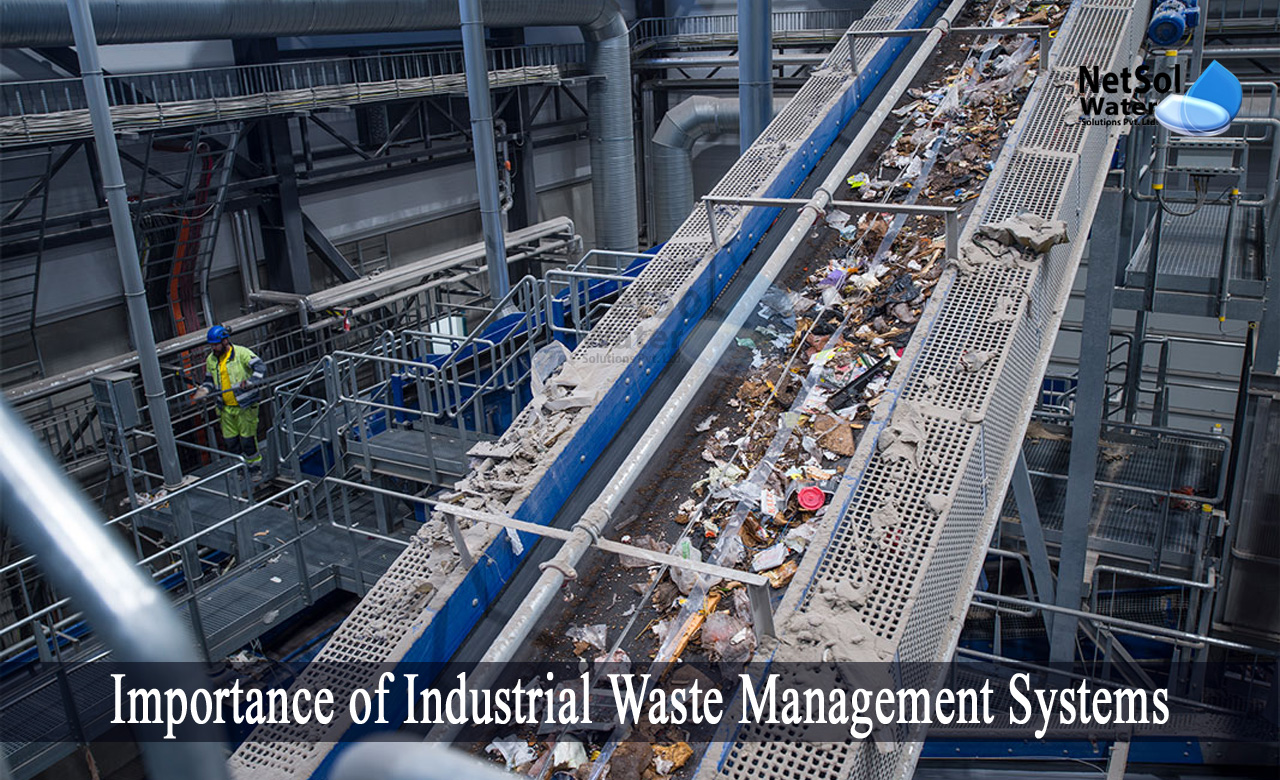Top Guidelines Of Reclaim Waste
Top Guidelines Of Reclaim Waste
Blog Article
The Greatest Guide To Reclaim Waste
Table of ContentsThe Definitive Guide for Reclaim WasteThe Definitive Guide for Reclaim WasteA Biased View of Reclaim WasteWhat Does Reclaim Waste Do?Get This Report about Reclaim Waste
Domestic sewer waste refers to the waste and products from a property septic tank. The appropriate management and disposal of residential sewage waste call for liquid waste to be transferred to a sewer therapy plant where the appropriate approaches and equipment are applied to detoxify and dispose of waste.
Commercial waste typically consists of potential dangers, such as combustible materials or a mix of fluid and solid waste products, and needs an advanced and thorough disposal process. The disposal of business waste usually entails the filtering of waste prior to transport to ensure risk-free and correct disposal. Hazardous waste is created from byproducts and overflow of industrial procedures and manufacturing.
This sort of waste can not make use of the very same sewer management transportation or processes as septic or commercial liquids. The industrial waste administration process needs the assessment and screening of fluid waste prior to it undertakes the disposal procedure (liquid waste removal). Overflow waste is the fluid waste that originates from overflow and excess stormwater in extremely inhabited areas or cities
Runoff waste can cause contamination and flooding if not taken care of effectively. Making sure appropriate waste management can protect against catastrophes and decrease ecological damage.
All about Reclaim Waste
Call PROS Solutions today to discover our waste monitoring and disposal services and the appropriate ways to take care of the fluid waste you produce.
(https://pxhere.com/en/photographer-me/4429814)Do you recognize what occurs to your water when you disengage, purge the bathroom or drain pipes the cleaning machine? No? Well, it deserves understanding. This supposed 'wastewater' is not only a vital source but, after treatment, will certainly be released to our land, rivers or the ocean. Made use of water from bathrooms, showers, bathrooms, kitchen area sinks, washings and industrial procedures is referred to as wastewater.

water used to cool down equipment or clean plant and devices). Stormwater, a form of wastewater, is overflow that moves from agricultural and metropolitan locations such as roofing systems, parks, yards, roadways, paths and rain gutters right into stormwater drains, after rain. Stormwater moves neglected directly to local creeks or rivers, eventually getting to the sea.
10 Simple Techniques For Reclaim Waste
In Queensland, the majority of wastewater is treated at sewage treatment plants. Wastewater is delivered from residential or commercial websites via a system of sewage systems and pump terminals, recognized as sewage reticulation, to a sewer therapy plant. Neighborhood federal governments construct, maintain and operate most sewage treatment plants. Operators are licensed under the Environmental Management Act 1994 to discharge treated wastewater at an appropriate ecological criterion right into rivers.
The Department of Natural Resources advises neighborhood federal governments regarding managing, operating and maintaining sewage systems and treatment plants. In unsewered areas, city governments may require householders to mount private or home sewer therapy systems to treat domestic wastewater from commodes, kitchen areas, shower rooms and laundries. The Division of Natural Resources authorises the use of house systems when they are verified to be effective.
Most stormwater receives no therapy. In some new subdivisions, treatment of some stormwater to get rid of clutter, sand and gravel has actually started using gross toxin traps. Wastewater therapy happens in four phases: Removes strong matter. Bigger solids, such as plastics and other things incorrectly released to sewers, are gotten rid of when wastewater is passed with displays.
Wastewater after that moves into huge tanks where solids settle and are gotten rid of as sludge. Grease and scum are skimmed from the surface area. Uses small living microorganisms knows as micro-organisms to break down and get rid of remaining dissolved wastes and great fragments. Micro-organisms and wastes are incorporated in the sludge. Eliminates nitrogen and phosphorus nutrients that can create algal blossoms in our rivers and intimidate marine life.
Some Known Questions About Reclaim Waste.
Nutrient elimination is not offered at all sewage treatment plants due to the fact that it calls for costly specialist devices. Clear liquid effluent produced after therapy might still include disease-causing micro-organisms - liquid waste removal.

This generally implies wastewater needs to be treated or impurities eliminated before it can be discharged to waterways. Most wastewater moves right into the sewerage system. Under the Act, neighborhood federal governments provide approvals and permits for ecologically relevant tasks (ERAs) entailing wastewater launches that might have a neighborhood effect. The department provides approvals and click here to read permits to Ages entailing wastewater releases that might have a local or statewide impact.
Get This Report on Reclaim Waste
Otherwise, examples are taken for lab evaluation. Frequently lots of examinations are needed to establish the levels of each of the different contaminants such as oils, hefty steels and chemicals in water. Monitoring offers accurate info concerning water quality and can confirm that permit conditions are being satisfied. The details gotten via monitoring provides the basis for making water quality decisions.
Report this page